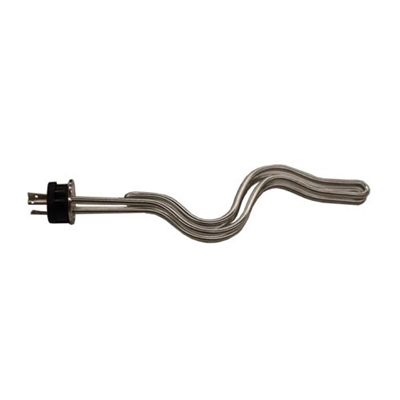ExMachina
Well-Known Member
Am desperately trying to get my eBIAB train rolling, but I seem to keep hitting bumps. First was electrical, now it's the brew kettle.
All I want is a 20 gal kettle with a heating element port (2"TC) that is as low as possible (port center ~1.25" from the base. This will allow more flexibility in batch volumes and will reduce the chances of the HE getting damaged. Also, it seems that HEs that are too high are a common source of frustration/regret, so I want to address that from the start.
I was about all set to go with Spike Brewing (really helpful guys there), but the lowest they will go on a 2"TC is 2.5" off the bottom. This is about 2x higher that I want so I guess I'm going to have to look elsewhere.
Stout tanks will do whatever you ask them (but it will also take like 6 months ).
).
Are there any other manufacturers out there I should contact? I don't know all of the options
Thanks
All I want is a 20 gal kettle with a heating element port (2"TC) that is as low as possible (port center ~1.25" from the base. This will allow more flexibility in batch volumes and will reduce the chances of the HE getting damaged. Also, it seems that HEs that are too high are a common source of frustration/regret, so I want to address that from the start.
I was about all set to go with Spike Brewing (really helpful guys there), but the lowest they will go on a 2"TC is 2.5" off the bottom. This is about 2x higher that I want so I guess I'm going to have to look elsewhere.
Stout tanks will do whatever you ask them (but it will also take like 6 months
Are there any other manufacturers out there I should contact? I don't know all of the options
Thanks





